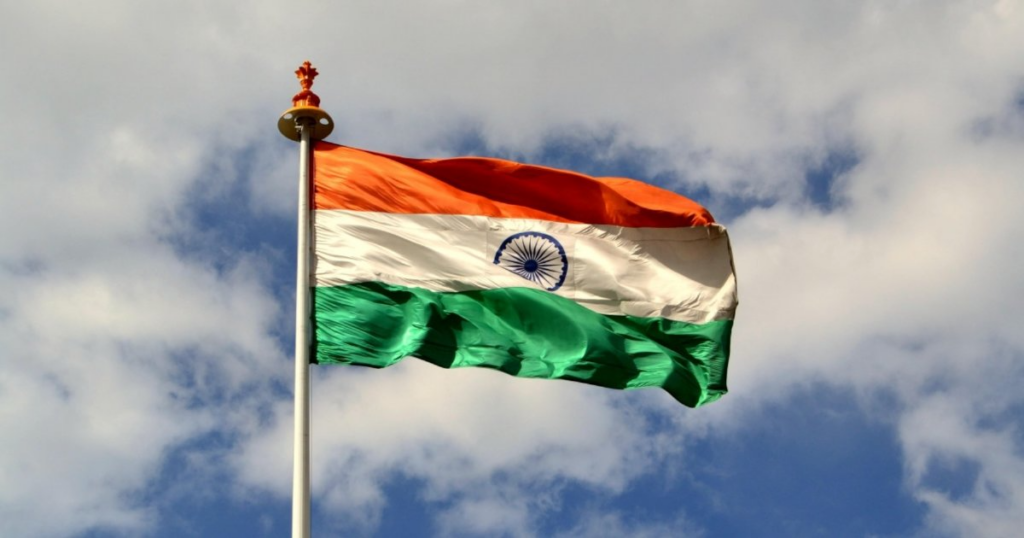Hi There, Tiranga 🇮🇳
The Tiranga, India’s national flag, stands as a powerful emblem of the nation’s freedom, unity, and rich cultural heritage. With its distinct three colors and the iconic Ashoka Chakra, the flag represents the values and aspirations that define the Indian spirit. Understanding the Tiranga’s journey—from its origins to its present design—offers a glimpse into the soul of a nation that fought long and hard for its independence.
The Tiranga: A Symbol of Unity and National Pride
The word Tiranga, meaning “Tricolor,” perfectly describes India’s national flag. More than just a piece of cloth, the Tiranga embodies the unity of a diverse nation, the pride of its people, and the legacy of its freedom movement. Featuring horizontal bands of saffron, white, and green, with the Ashoka Chakra at its center, the flag tells the story of a country’s dreams, values, and resilience.
Since its adoption, the Tiranga has served as a beacon of peace, progress, and patriotism, representing over a billion citizens from every corner of India.

A Brief History and Deep Meaning Behind the Tiranga
The design of the Indian national flag evolved alongside the country’s fight for independence. Several versions were proposed over the years—each reflecting the changing visions and needs of a nation seeking its identity. The final form, which we proudly call the Tiranga today, is a result of this evolution, rooted in the sacrifices and hopes of the Indian people.
What the Colors and Symbols Represent:
Saffron (Top Stripe):
Signifies courage, strength, and the spirit of sacrifice.
Honors the bravery of freedom fighters who laid down their lives for India’s freedom.
Inspires continued dedication to protecting the country’s ideals and sovereignty.
White (Middle Stripe):
Represents peace, honesty, and clarity.
Reflects the non-violent values championed by Mahatma Gandhi.
Serves as a symbol of harmony in India’s multicultural society.
Green (Bottom Stripe):
Symbolizes life, growth, and the prosperity of the land.
Highlights the significance of agriculture in India’s economy.
Represents renewal, hope, and a flourishing future.
Ashoka Chakra (Central Wheel):
A navy blue wheel with 24 spokes, inspired by the Lion Capital of Ashoka.
Represents the eternal wheel of justice, righteousness, and law.
Encourages constant progress and motion in the right direction.
